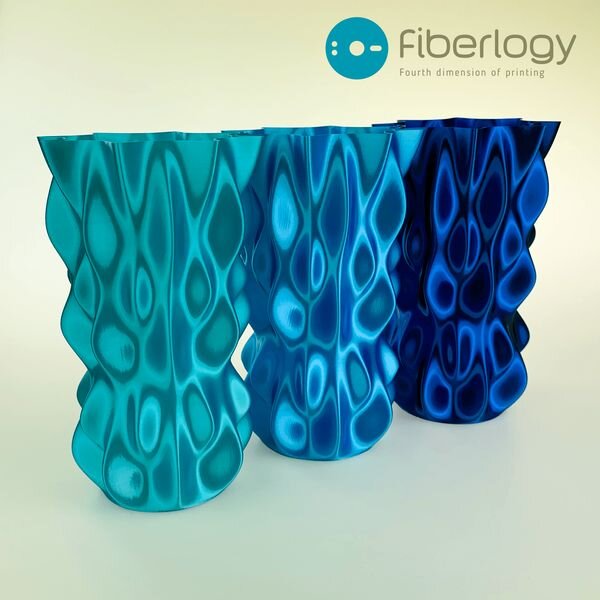![Royal DSM’s new carbon fiber composite 3D printing material [Source: Royal DSM]](https://fabbaloo.com/wp-content/uploads/2020/05/image-asset_img_5eb0a6d21468d.jpg)
Royal DSM announced a new 3D printer filament that has an unusual statistic: lower carbon fiber.
Royal DSM, a huge Dutch company, operates in many fields, and one of them is a materials division. Their materials cluster produces engineering plastics, resins and other functional materials. Recently they’ve taken a venture into materials specifically for 3D printing.
Their announcement this week relates to their Novamid ID1030 CF10 material. It’s a nylon PA6/66 filament, but mixed with 10% chopped carbon fiber.
Chopped carbon fiber is increasingly used in composite 3D printing materials in an attempt to strengthen the parts. While parts printed in these composites are indeed stronger than those made with conventional mono-materials, they are not nearly as strong as parts with embedded continuous carbon fibers. But for many applications, the added strength of chopped carbon fiber is more than sufficient.
What’s unusual in this announcement is that Royal DSM explains the material holds only 10% carbon fiber:
Despite the low carbon fiber loading of 10% – much lower than other carbon filled materials – it produces functional prototyping and industrial parts with properties close to what is usually achievable only by injection molding while matching the easy and fast printing of unreinforced plastics.
I’m a bit confused by this: wouldn’t more carbon fiber provide more added strength? Other material providers supply carbon fiber-infused nylon filaments. I’m wondering what kind of magic was used by Royal DSM to produce this unusual material.
Royal DSM explains more:
Filled with only 10% of actual carbon fiber – much lower than most carbon filled materials – Novamid ID1030 CF10 3D is designed for printing structural parts which are clearly stronger, stiffer and tougher with higher tensile strength and modulus, high dimensional stability and free of warpage.
These excellent mechanical properties and smooth appearance make it ideal for a very broad range of applications that require robust performance possibly at elevated temperatures such as automotive under-the-hood, protective and supporting sports gear; manufacturing jigs and fixtures; medical braces and prosthetics. It’s also a go-to-material for light weight applications across various vertical markets.
As the price of a material rises with the incorporation of more expensive components – like carbon fiber – one might expect the new Novamid ID1030 CF10 to be priced lower than competing carbon fiber / nylon composites. However, at the time of this writing we don’t know the end-user pricing of Novamid ID1030 CF10, so we cannot yet compare pricing. They’ve made arrangements with several resellers, so we will soon find out.
Another question raised by this release is whether alternative carbon fiber composites are actually worth the value of the extra carbon fiber. Were we simply seeing a “megahertz race”, where vendors raised the carbon fiber content to attract customers? Does additional carbon fiber content really add strength? Has Royal DSM discovered something interesting here?
Many questions, few answers, I’m afraid.











An inventive designer has developed a method for producing 3D paper objects using recycled paper and 3D printed molds.